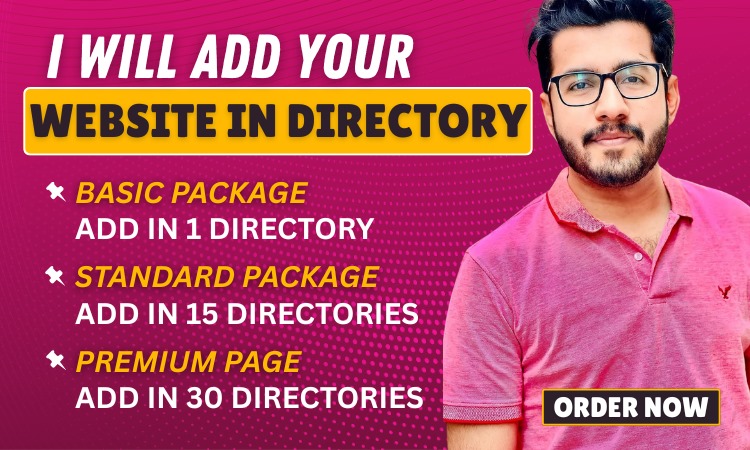Every engineer has been there: production goes down, the team scrambles, and you’re stuck flipping between dashboards, log files, and metrics to figure out what went wrong. Traditional monitoring tools weren’t built for today’s distributed, cloud-native world. They’re either too complex, too costly, or too slow when you need them most.
That’s where dash0 steps in. Designed from the ground up as an OpenTelemetry-native observability platform, dash0 unifies metrics, traces, and logs in one place. It’s fast, transparent, and built with engineers in mind.
What is Dash0?
Dash0 is an observability platform that makes debugging and monitoring easier for developers, SREs, and platform teams. Instead of locking your data into a proprietary system, dash0 relies fully on OpenTelemetry (OTel). This ensures your telemetry data is portable, flexible, and future-proof.
With dash0, you don’t just collect data—you get insights that help you fix problems quickly and confidently.
Why Dash0 Stands Out
-
True OTel-Native: Some tools claim OpenTelemetry support but reformat your data. Dash0 keeps it open from start to finish.
-
Transparent Pricing: No host-based or seat-based billing—just volume-based pricing you can predict.
-
Speed at Scale: Built on ClickHouse, dash0 handles huge data volumes without lag.
-
Engineer-First Design: Focused on usability, not bloat.
Core Features of Dash0
Metrics You Can Trust
Track SLIs and system health with long-term retention and instant queries.
Distributed Traces
Follow a request across microservices and uncover bottlenecks fast.
Logs in Context
Logs connect directly to metrics and traces, so you never lose the bigger picture.
Dashboards and Service Maps
Visualize dependencies and system health at a glance.
Smart Alerts
Catch issues early with alerts and synthetic checks.
Configuration-as-Code
Manage dashboards and alerts alongside your infrastructure code.
How Dash0 Works
The magic of dash0 lies in its architecture. Using ClickHouse, a high-performance analytics database, it processes telemetry at lightning speed. High-cardinality queries—like drilling into specific services or namespaces—run smoothly, even with massive data volumes.
And because dash0 is OTel-native, your data isn’t locked in. You can send it, store it, and reuse it however you want.
Who Benefits from Dash0?
-
Developers: Debug issues in minutes instead of hours.
-
SREs: Reduce downtime and MTTR with connected telemetry.
-
Platform Engineers: Gain deep visibility into Kubernetes environments.
-
Scaling Teams: Get enterprise-level observability without enterprise-level bills.
Dash0 Pricing Model
Traditional tools often charge by hosts, seats, or queries—making costs unpredictable. Dash0 flips that model with clear, volume-based pricing. You pay only for the telemetry you send. Built-in cost dashboards let you track usage across services, teams, and namespaces.
Dash0 vs Other Observability Tools
Dash0 vs Datadog
Datadog is feature-rich but costly. Dash0 focuses on the essentials, with predictable pricing and no vendor lock-in.
Dash0 vs New Relic
New Relic processes telemetry into proprietary formats. Dash0 keeps everything OpenTelemetry-compliant.
Dash0 vs Prometheus & Grafana
Prometheus and Grafana are powerful but require heavy setup. Dash0 delivers similar insights out of the box.
Practical Use Cases
-
Debugging slow API calls by linking metrics, traces, and logs.
-
Monitoring Kubernetes workloads without extra complexity.
-
Cutting observability costs with usage insights.
-
Accelerating incident response times.
Dash0 in Action
Imagine your payments service starts throwing errors. With dash0, you see error rates spiking in metrics, follow a trace to identify the failing microservice, and check logs tied to that trace for the root cause. In minutes, you’ve diagnosed and fixed the issue—no tool-hopping required.
Best Practices with Dash0
-
Standardize labels for better cross-data analysis.
-
Use trace sampling to control high-volume workloads.
-
Keep an eye on cost dashboards weekly.
-
Store dashboards and alerts in version control for consistency.
The Future of Observability with Dash0
Open standards are shaping the next wave of observability. With dash0, teams get the benefits of OpenTelemetry without the overhead of stitching tools together. It’s faster, leaner, and more transparent—exactly what modern engineering needs.
Conclusion
Dash0 is redefining observability. By unifying telemetry, keeping pricing predictable, and putting engineers first, it gives teams the tools they need to build reliable systems. Whether you’re a startup or an enterprise, dash0 makes monitoring simple, effective, and future-proof.
FAQS
Q1: What is dash0 used for?
Dash0 unifies logs, metrics, and traces into one observability platform.
Q2: Who should use dash0?
Developers, SREs, and platform engineers who want faster debugging and transparent pricing.
Q3: How does dash0 pricing work?
It’s based on telemetry volume, not hosts or seats.
Q4: Can dash0 monitor Kubernetes?
Yes, dash0 provides deep insights into workloads, pods, and namespaces.
Q5: How does dash0 compare to Datadog?
Dash0 is leaner, more affordable, and fully OpenTelemetry-native, while Datadog is more expensive and less flexible.




